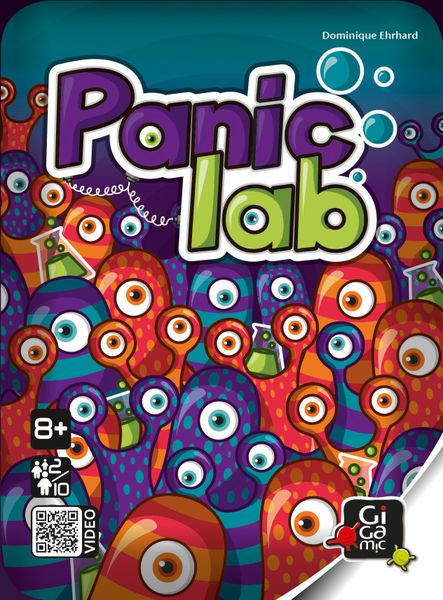Panic Lab (2012) Board Game
Panic Lab is a real-time puzzle game designed by Dominique Ehrhard and published by Albi in in 2012. The game is known for its fast-paced gameplay and challenging puzzles that require quick thinking and pattern recognition skills.
Game Components of Panic Lab
How To Setup Panic Lab
To set up Panic Lab, players start by arranging the lab tiles and placing the amoeba tiles within them. Each player receives a set of dice. The mutation and air vent cards are placed within reach of all players. The objective is clear, but the setup is simple and quick, making it easy to get started.
Gameplay Mechanics and Game Objective
Player Experience
Panic Lab is a “brain burning” challenge that requires cool heads, sharp eyes, and fast hands. Players scramble to locate the correct creature amidst shifting tiles, unraveling mazes, and mind-bending challenges. The mutations and air vents add a layer of complexity, making the game exciting and unpredictable. It’s a game that keeps players on their toes, combining speed and logic in a fun and engaging way.
Pros
Cons
Personal Thoughts on Panic Lab
Panic Lab is ideal for anyone who enjoys a mix of logic, memory, and real-time action. It’s perfect for families looking for a game that challenges both kids and adults, as well as for groups of friends who enjoy competitive, brain-teasing games. With its quick setup and fast-paced gameplay, Panic Lab is a great addition to any game night collection.
We are supported by our audience. When you purchase through links on our site, we may earn an affiliate commission, at no extra cost for you. Learn more.

